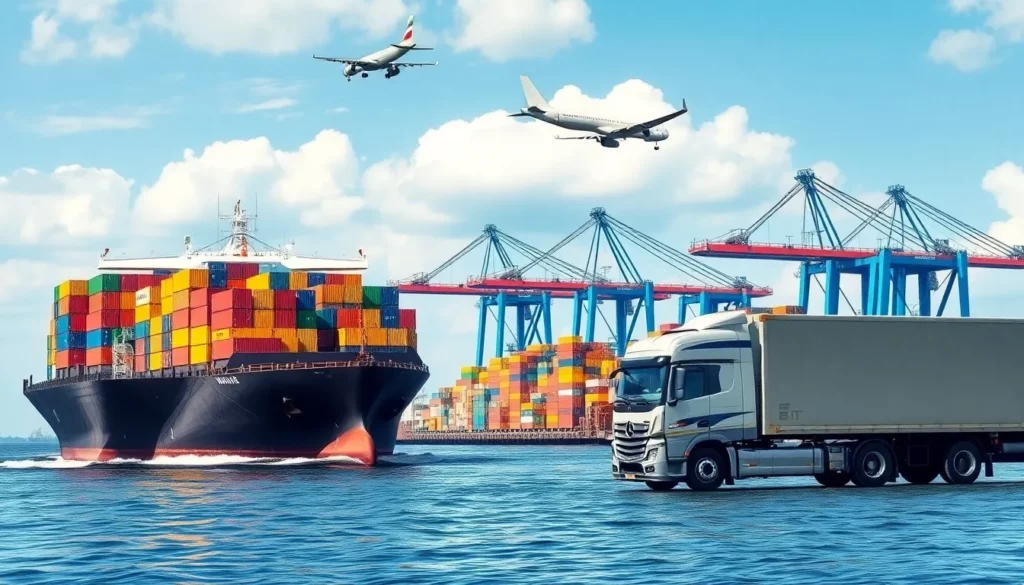As a B2B importer eyeing Southeast Asia’s vibrant markets, you’re tapping into a powerhouse trade route with China-Thailand bilateral trade surpassing $85 billion annually. My two decades in freight forwarding at AIIDII have shown that mastering this corridor unlocks cost-effective logistics and competitive edges for your business.
This guide equips you with actionable strategies to choose optimal shipping methods, calculate true landed costs, navigate Thai customs, and select a freight forwarder that aligns with your goals, ensuring profitable imports to Thailand.
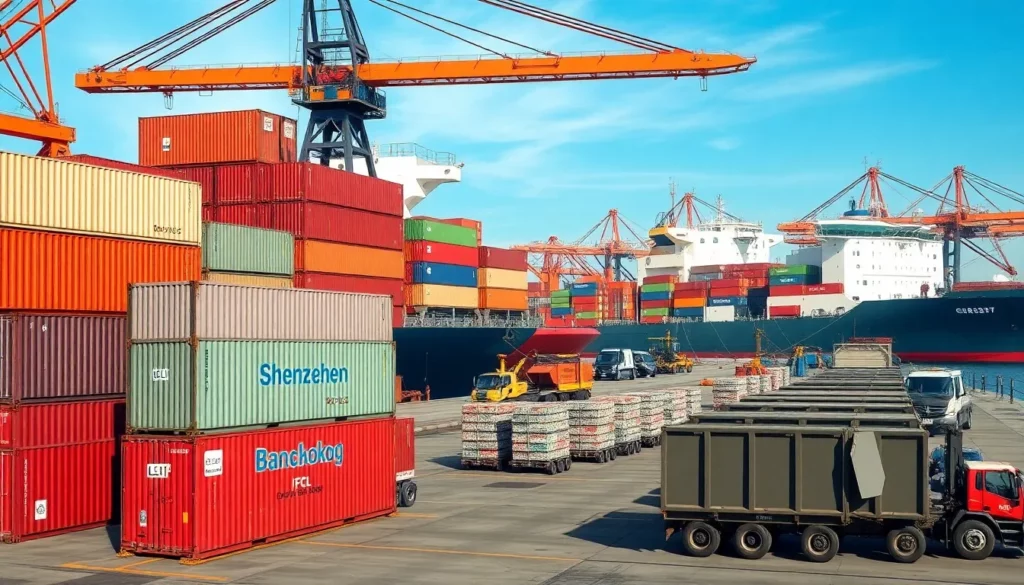
Core Shipping Methods & Transit Times
Sea Freight: Cost-Effective for High-Volume Cargo
Sea freight powers over 90% of China-Thailand cargo volume, offering unmatched savings for shipments exceeding 15 cubic meters (CBM). Thailand’s Port of Laem Chabang, handling 8.1 million TEUs yearly, ensures reliable schedules from China’s key ports.
- Full Container Load (FCL): Ideal for volumes over 15 CBM, FCL offers exclusive container use, minimizing handling risks and delays. From Shenzhen to Bangkok, expect 4-20 days transit; Shanghai to Bangkok takes 11-14 days.
Key Metric: FCL costs range from $950-$1,500 per container, slashing per-unit costs for 20-40 CBM shipments, boosting your margins. - Less than Container Load (LCL): Perfect for 1-10 CBM, LCL consolidates your cargo with others, keeping costs low. Transit times extend 2-4 days beyond FCL, averaging 14 days from Shanghai and 13 days from Guangzhou.
Pro Tip: LCL saves significantly over air freight for non-urgent shipments, balancing cost and speed. - Specialized Sea Transport:
- Roll-on/Roll-off (Ro-Ro): Suits wheeled cargo like vehicles, reducing damage risks by eliminating crane handling.
- Bulk Cargo: Best for commodities like grains or chemicals, offering economical rates for large volumes with flexible scheduling.
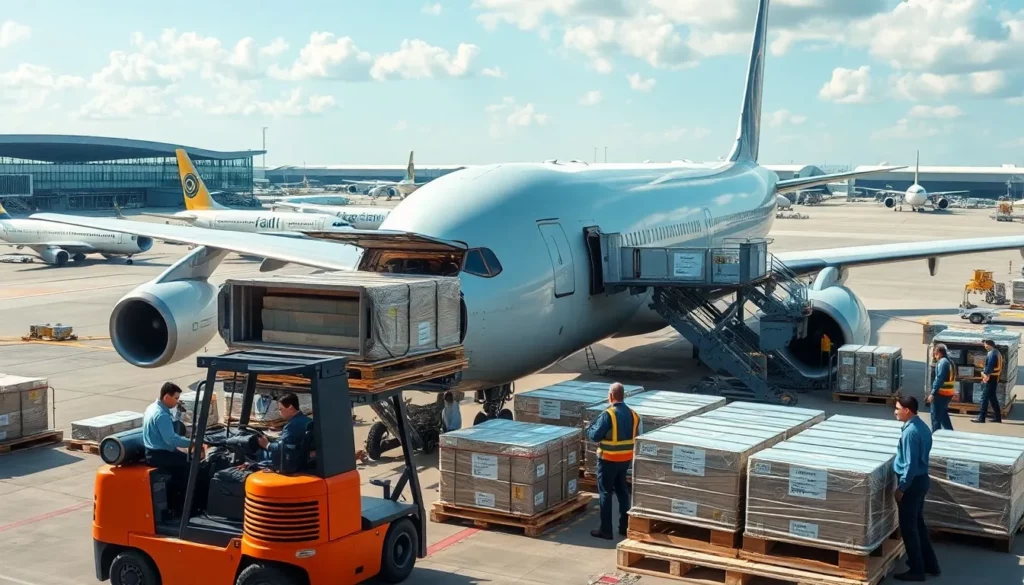
Air Freight: Speed and Security for High-Value Goods
For time-sensitive or high-value shipments, air freight delivers unmatched speed via Thailand’s Suvarnabhumi Airport, with 1.5 million tons of annual cargo capacity. Daily flights from Shanghai, Guangzhou, and Shenzhen ensure reliable connections.
- General vs. Special Cargo:
- General Cargo: Includes electronics and textiles, with rates of $1.50-$5.00 per kilogram.
- Special Cargo: Dangerous goods (e.g., batteries), temperature-controlled items (e.g., pharmaceuticals), or valuables (e.g., jewelry) incur 50-150% higher costs due to certifications and handling.
Critical Warning: Misclassifying special cargo risks delays, penalties, and damaged forwarder relationships.
- When to Choose Air Freight: Opt for air freight when stockouts cost over $1,000 daily or for high-value, low-weight goods (e.g., electronics with 40%+ margins).
Key Metric: Air freight excels for products valued over $50 per kilogram, ensuring rapid market entry.
Land and Express Freight: Flexible Alternatives
- Overland Trucking: From southern China (Guangdong, Guangxi, Yunnan), trucking delivers in 2-10 days, ideal for northern Thailand importers. Routes via Laos or Myanmar require expert customs coordination.
Best Practice: Use trucking for 500-5,000 kg shipments when sea freight is too slow but air freight is too costly. - Express Couriers (DHL, FedEx, UPS): Perfect for samples or urgent parcels under 50 kg, delivering in 2-3 days at $8-15 per kilogram.
Example: E-commerce sellers can test products in Thailand with courier-delivered samples before committing to sea freight.
Comparing Transit Times and Delays
| Shipping Mode | Transit Time | Key Routes | Delay Factors |
|---|---|---|---|
| Sea Freight | 5-31 days | Shenzhen-Bangkok: 4-20 days Shanghai-Bangkok: 11-14 days Ningbo-Bangkok: 15-31 days | Port congestion (3-7 days), customs inspections (1-3 days), weather (1-2 days) |
| Air Freight | 1-7 days | Daily flights from Shanghai, Guangzhou, Shenzhen | Minimal, mainly customs-related |
| Land Freight | 2-10 days | Southern China to northern Thailand | Border crossing efficiency, route selection |
Key Metric: Ningbo to Bangkok LCL takes 15 days versus 31 days for FCL due to consolidation patterns, highlighting routing’s impact on timing.
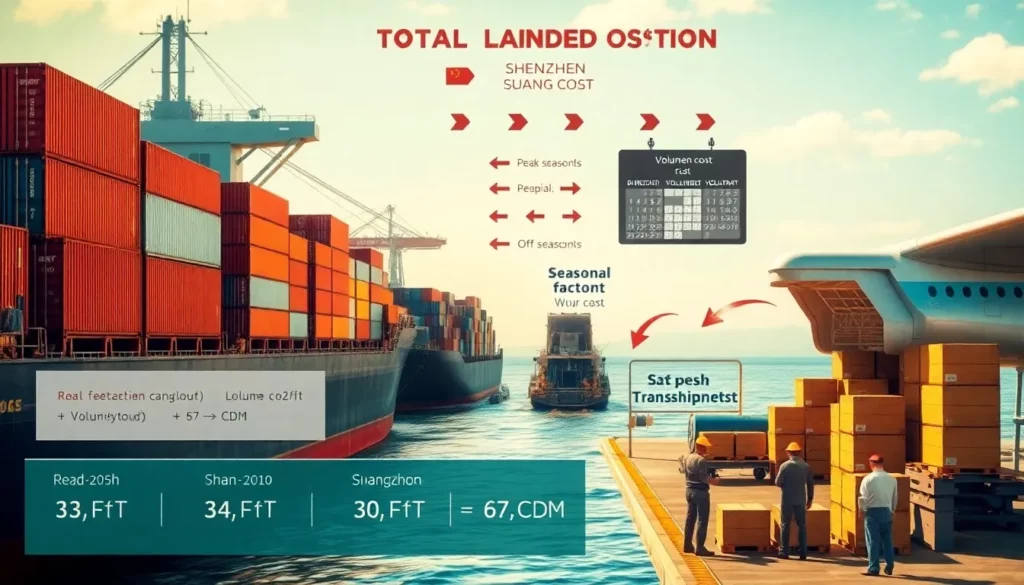
Calculating Total Landed Cost
Key Cost Factors
Your total landed cost shapes pricing and profitability. Beyond freight, consider cargo weight, volume, dimensions, route, and seasonality.
- Shipping Mode Impact: Sea freight minimizes costs for high volumes; air freight suits low-weight, high-value goods.
- Sea Freight: Charges by container (FCL) or CBM (LCL). A 20-foot container holds 33 CBM; a 40-foot holds 67 CBM.
- Air Freight: Uses chargeable weight (actual vs. volumetric: length × width × height ÷ 6,000).
Pro Tip: Optimize packaging to reduce air freight volumetric penalties, saving 20-40% on low-density goods.
- Route and Distance: Shenzhen and Guangzhou offer lower rates than Shanghai due to proximity and direct sailings. Transshipments add 15-25% to costs.
- Seasonality: Peak seasons (Chinese New Year, September-November) raise rates 25-50%. Off-peak (March-May, August) offers savings.
Key Metric: Air freight peaks at $8-12 per kilogram versus $3-6 in low seasons, demanding strategic timing.
Deconstructing Freight Quotes
| Cost Component | Sea Freight | Air Freight | Notes |
|---|---|---|---|
| Base Rate | FCL: $950-$1,500/container LCL: $80-150/CBM | $1.50-$5.00/kg | Varies by route, volume |
| Fuel Surcharge | 5-15% of base rate | $0.20-$0.50/kg | Fluctuates with oil prices |
| Security Fees | $15-35/container | $0.20-$0.50/kg | Covers screening, terminal security |
| Terminal Handling | $150-300/container | Included in base rate | Varies by port efficiency |
| Currency Adjustment | Varies with exchange rates | Varies with exchange rates | Critical Warning: Impacts long-term contracts |
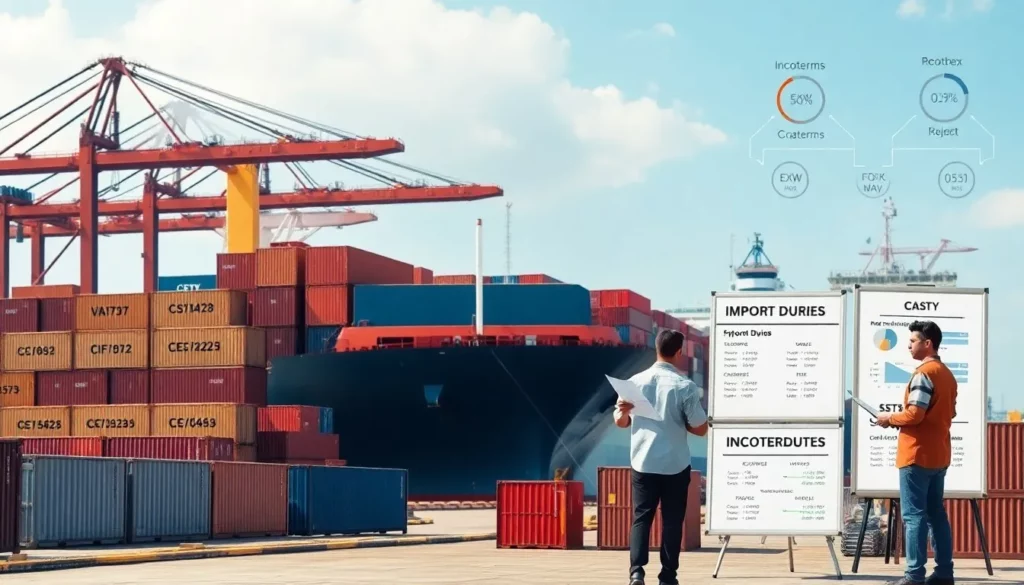
Thai Import Duties and Taxes
- VAT Calculation: Applied at 7% on CIF value + import duties. Example: $10,000 CIF + $1,000 duty = $11,000 × 7% = $770 VAT (total tax: 17.7%). Exemptions apply to books, medical supplies.
- HS Codes and Duties: Range from 0-80%. Electronics may get 0-5% under ACFTA; textiles face 10-30%.
Best Practice: Verify HS codes with brokers to avoid overpayments or penalties. - Excise and Interior Taxes: Apply to alcohol, tobacco, luxury goods (10-100%+). Automotive imports face additional luxury taxes.
- Incoterms Impact:
- EXW: You manage all logistics, saving 8-15% vs. FOB but requiring expertise.
- FOB: You handle international freight; supplier manages export.
- DDP: Supplier handles all, but markups of 15-30% reduce transparency.
Key Metric: EXW saves 8-15% over FOB; DDP costs 15-30% more.
Cost Reduction Strategies
- Off-Peak Shipping: March-May and August offer 20-40% savings. Lock rates early to avoid peak surcharges.
Pro Tip: Pair off-peak shipping with extended payment terms to optimize cash flow. - Order Consolidation: Combine multiple orders into one container, cutting per-CBM costs by 30-50%. Use warehouse consolidation ($50-150/shipment) or cross-docking near ports.
- Rate Negotiation: Compare quotes from 3-5 forwarders for 15-25% savings. Annual volume commitments (e.g., 20 TEU) secure 10-20% discounts.
Example: Committing to 20 TEU yearly can yield 15% rate cuts and priority booking during peak seasons.
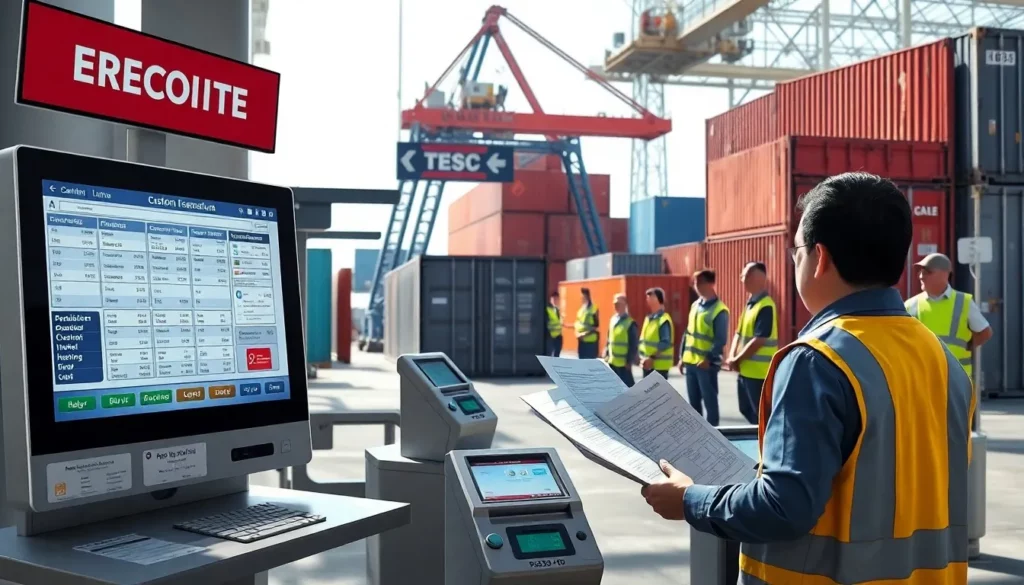
Mastering Thai Customs and Documentation
Essential Shipping Documents
- Bill of Lading (Sea) or Air Waybill (Air): Your contract of carriage. Sea BOLs are negotiable; air waybills are not.
Critical Warning: Original BOLs are required for customs; copies won’t suffice. - Commercial Invoice and Packing List: Detail product values, quantities, and packaging for customs. Use USD for simpler valuation.
- Certificate of Origin: Secures 0-5% duties under ACFTA. Requires Chamber of Commerce authentication.
- Additional Documents: Import licenses (for pharmaceuticals, food), insurance certificates, and test certificates (for electronics, medical devices).
Thai Customs Clearance Process
- e-Customs Registration: Obtain a digital certificate for electronic submissions. Register before your first shipment.
Best Practice: Early registration prevents clearance delays. - Electronic Declaration: Submit HS codes, values, and supporting documents. Accuracy avoids amendments and scrutiny.
- Green vs. Red Line: Green Line clears in 4-8 hours; Red Line (inspection) takes 24-72 hours.
Key Metric: Compliance history boosts Green Line odds, speeding up clearance. - Duty and Tax Payment: Finalizes clearance for cargo release. Electronic payments ensure quick authorization.
Prohibited and Restricted Goods
- Prohibited Goods: Narcotics, counterfeit goods, obscene materials, weapons.
Critical Warning: Importing these risks seizure, fines, and legal action. - Restricted Goods: Food, pharmaceuticals, and telecom equipment need FDA or Agriculture permits (30-90 days approval).
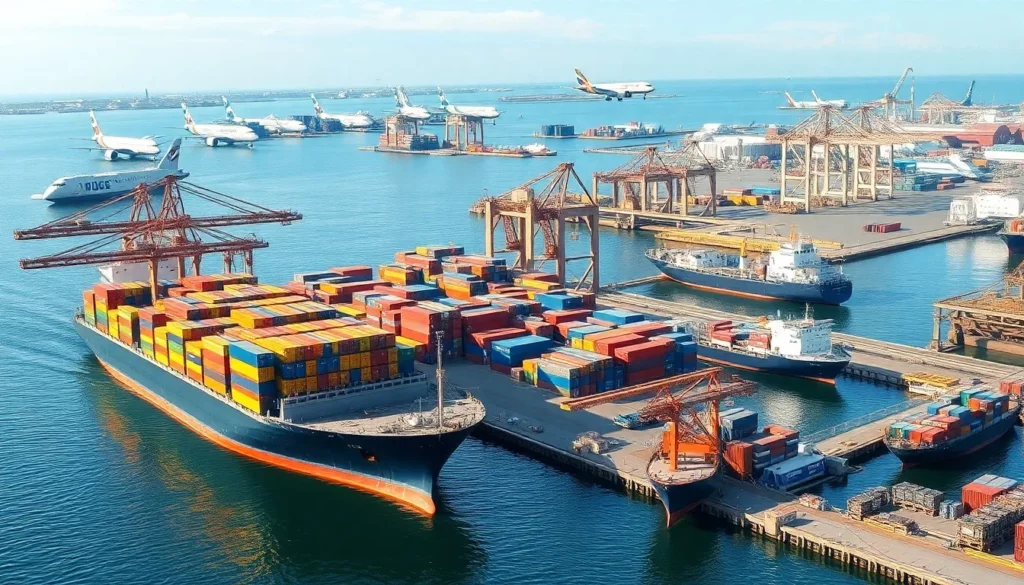
Key Logistics Hubs
Major Seaports
| Port | Role | Key Features |
|---|---|---|
| Shanghai, China | Export hub | 47M TEUs/year, daily Thailand sailings |
| Shenzhen, China | Export hub | Specializes in electronics, expedited customs |
| Ningbo-Zhoushan, China | Export hub | Competitive rates, Yangtze access |
| Guangzhou, China | Export hub | Strong in consumer goods, textiles |
| Laem Chabang, Thailand | Import hub | 60% of Thailand’s container traffic, modern facilities |
| Bangkok, Thailand | Import hub | Serves capital region, established logistics |
| Songkhla, Thailand | Import hub | Supports southern Thailand, Malaysia connections |
Major Airports
| Airport | Role | Key Features |
|---|---|---|
| Shanghai (PVG), China | Export hub | 3.6M tons/year, daily Thailand flights |
| Guangzhou (CAN), China | Export hub | Strong Southeast Asia routes |
| Shenzhen (SZX), China | Export hub | Handles high-value electronics |
| Suvarnabhumi (BKK), Thailand | Import hub | 1.5M tons/year, modern facilities |
| Don Mueang (DMK), Thailand | Import hub | Competitive for regional, charter cargo |
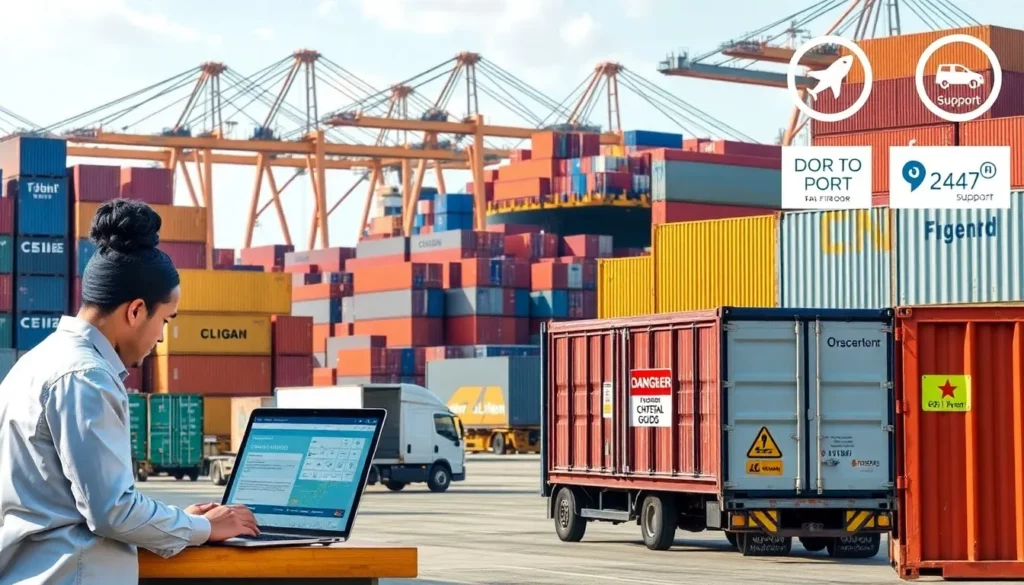
Choosing the Right Freight Forwarder
Evaluating Expertise and Services
- China-Thailand Expertise: Seek forwarders handling 100+ TEU yearly for reliable carrier relationships.
Key Metric: High-volume forwarders secure better rates and peak-season capacity. - Cargo Handling: Verify capabilities for special cargo (e.g., dangerous goods, temperature-controlled). Check certifications (IATA, IMDG).
- Service Levels:
- Port-to-Port: Lowest cost, requires your customs expertise.
- Door-to-Port: Includes origin pickup, you handle destination.
- Door-to-Door (DDP): Full service, but higher costs.
Best Practice: Choose based on your logistics capabilities and growth stage.
Network and Reliability
- Carrier and Broker Relationships: Strong ties ensure priority booking and efficient customs clearance.
- Dual-Country Presence: Local offices in China and Thailand enhance coordination and compliance.
Pro Tip: Confirm physical offices, not just agent partnerships, for reliable support. - Communication: Prioritize 24/7 support and proactive updates for real-time issue resolution.
Comparing Quotes
- Comprehensive Quotes: Request all-inclusive quotes covering freight, surcharges, duties, and delivery to avoid surprises.
Example: A full quote includes ocean freight, terminal handling, customs fees, and final delivery costs. - Value Over Price: Balance cost with reliability, transit time, and risk mitigation (e.g., insurance, tracking).
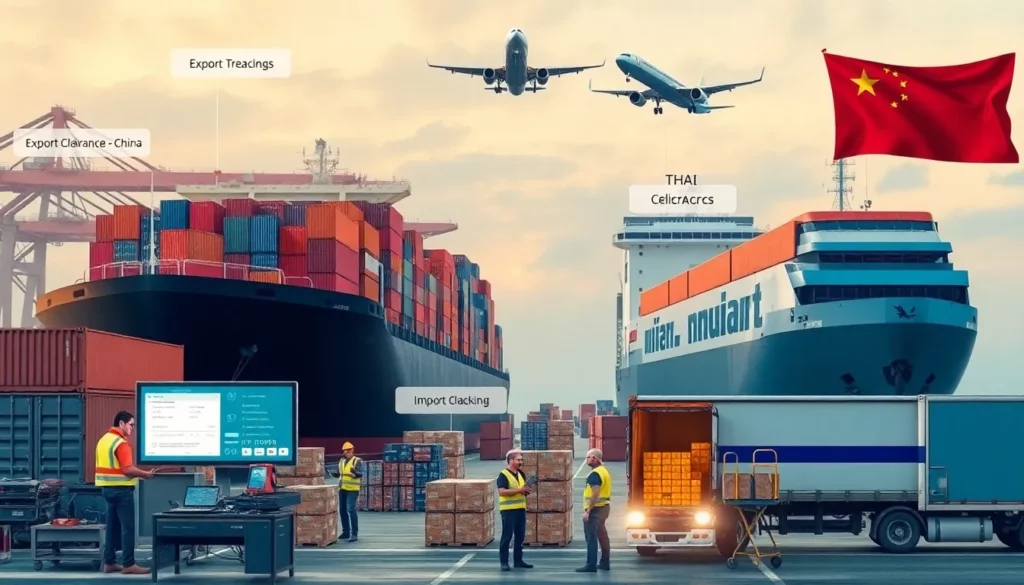
Complete Import Process Checklist
- Pre-Shipment Planning: Source suppliers, define Incoterms, optimize packaging.
- Booking: Confirm shipment details, documentation, and timelines with your forwarder.
- Export Clearance (China): Ensure proper documentation for smooth departure.
- Transit Tracking: Monitor shipments with real-time updates for proactive management.
- Import Clearance (Thailand): Submit accurate declarations for efficient customs processing.
- Final-Mile Delivery: Coordinate delivery to your warehouse, ensuring proper handling.
Conclusion
Optimizing your China-to-Thailand shipping strategy demands a clear grasp of shipping options, cost drivers, customs processes, and forwarder selection. At AIIDII, my team leverages decades of expertise to streamline your logistics, cut costs, and ensure reliable deliveries, empowering your business to thrive in Thailand’s dynamic market. Contact us for tailored solutions to elevate your import operations.
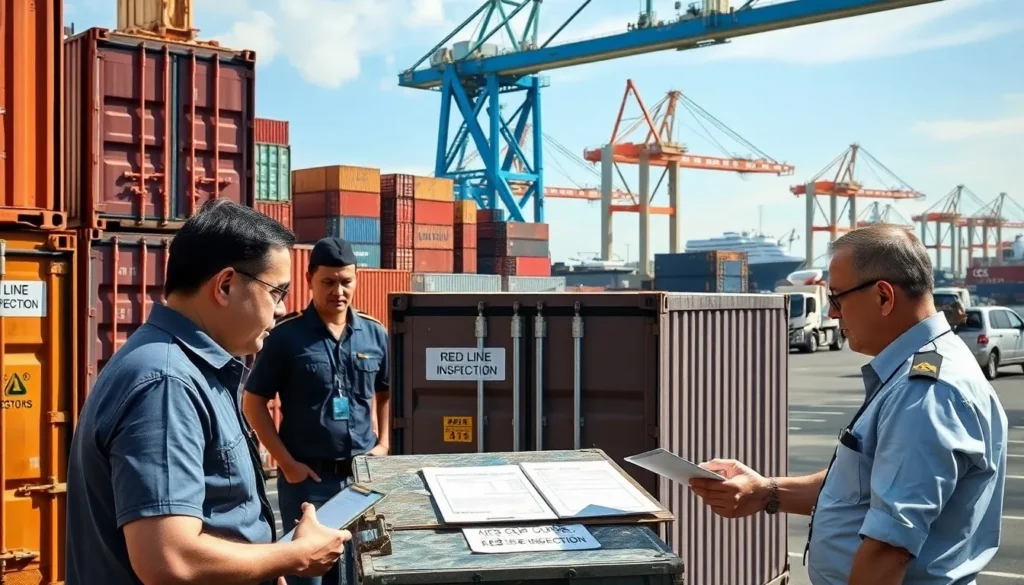
FAQs
1. What does a “Red Line” inspection mean for my shipment in Thailand?
A Red Line inspection involves thorough physical and documentary checks by Thai customs, adding 1-3 days to clearance compared to Green Line’s 4-8 hours. Common for first-time importers, it verifies compliance. Build a strong compliance history to increase Green Line chances.
2. How do FOB and DDP Incoterms differ in liability and costs?
With FOB, you manage freight, insurance, and customs once goods are on the vessel, balancing control and cost. DDP shifts all responsibilities to the supplier, but markups of 15-30% reduce transparency. Choose based on your logistics expertise.
3. What cargo details are needed for an accurate freight quote?
Provide dimensions, product descriptions, HS codes, packaging needs, pickup/delivery locations, service level, timing, and special handling requirements (e.g., temperature control) to ensure comprehensive, surprise-free quotes.
4. How do I find the correct HS Code for my product?
Use the World Customs Organization database, consult Thailand’s customs resources, or hire brokers for complex products. Accurate HS codes ensure proper duty rates (0-80%) and ACFTA benefits (0-5%), avoiding penalties.
5. What’s the most cost-effective shipping for a $5,000 startup shipment?
LCL sea freight ($80-150/CBM) is ideal for 2-5 CBM shipments, costing $160-750 versus $1,500-5,000 for air freight. It takes 12-20 days but maximizes savings for non-urgent goods.

